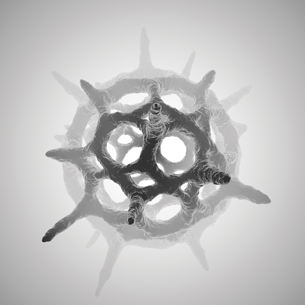Module 4 Intro
1. Module 4 Intro
1.35. Lesson 5 Intro
Module 4—Properties of Solutions
Lesson 5—Concentration II
 Get Focused
Get Focused

© din/Shutterstock
Now that you have an understanding of the regulations protecting your drinking water from harmful levels of contaminants, it is time to consider how contaminants affect the rest of the water system.
The water in rivers and lakes is a necessity of life for many organisms, including those at the bottom of the food chain. The term plankton refers to marine and freshwater organisms that live in water and serve as food for larger animals.
If plankton live in water contaminated with mercury, plankton will accumulate the toxin over time. Fish consume a large amount of plankton and, in doing so, accumulate the mercury stored in the plankton. This process continues all the way up the food chain and presents a significant health concern for higher-order mammals, including humans.
The process described here is called biomagnification, and it is a serious environmental concern.
In Canada’s North, the traditional Inuit way of life is threatened because the food supply contains dangerous levels of mercury. In this lesson you will learn how some of the products in your home pollute the water supply and contribute to biomagnification.
Essential Questions
- How can the concentration of solute in a solution be expressed?
- How do you calculate amount concentration and determine the concentrations of chemical species produced by dissociation?
- How are solutions prepared in a lab?
 Module 4: Lesson 5 Assignment
Module 4: Lesson 5 Assignment
Save a copy of the Module 4: Lesson 5 Assignment to your course folder. Later in the lesson you will receive more information about how to complete this assignment and when to submit it to your teacher.
In this lesson you will continue to work on the two Proactive Citizen Projects listed in the Module 4 Summary and Assessment section. The topics and a scoring guide are available in the Module 4 Summary and Assessment section.
You must decide what to do with the questions that are not marked by the teacher.
Remember that these questions provide you with the practice and feedback that you need to successfully complete this course. You should respond to all the questions and place those answers in your course folder.